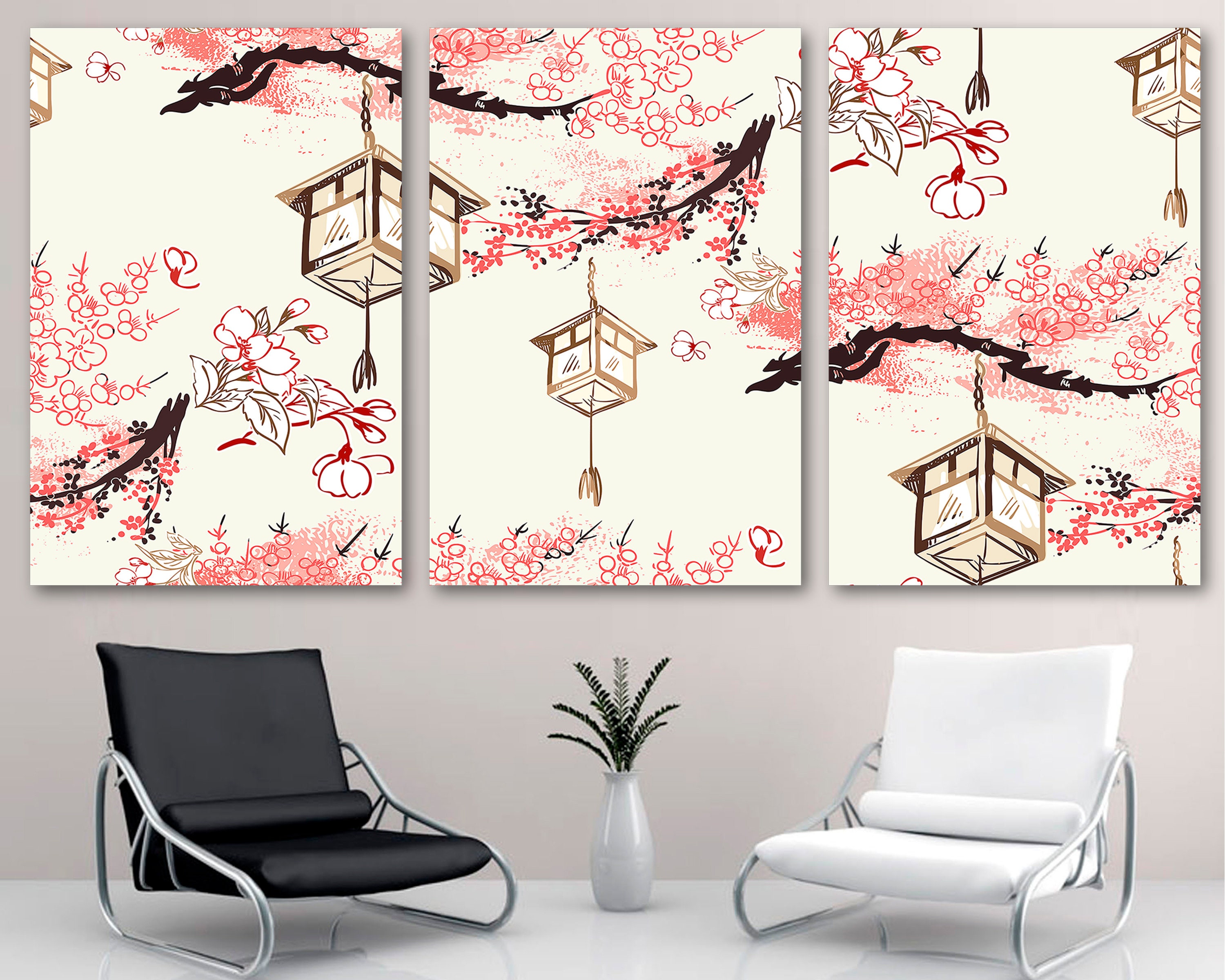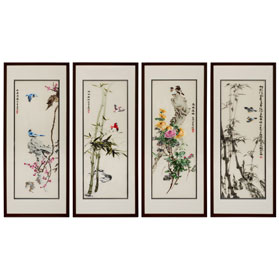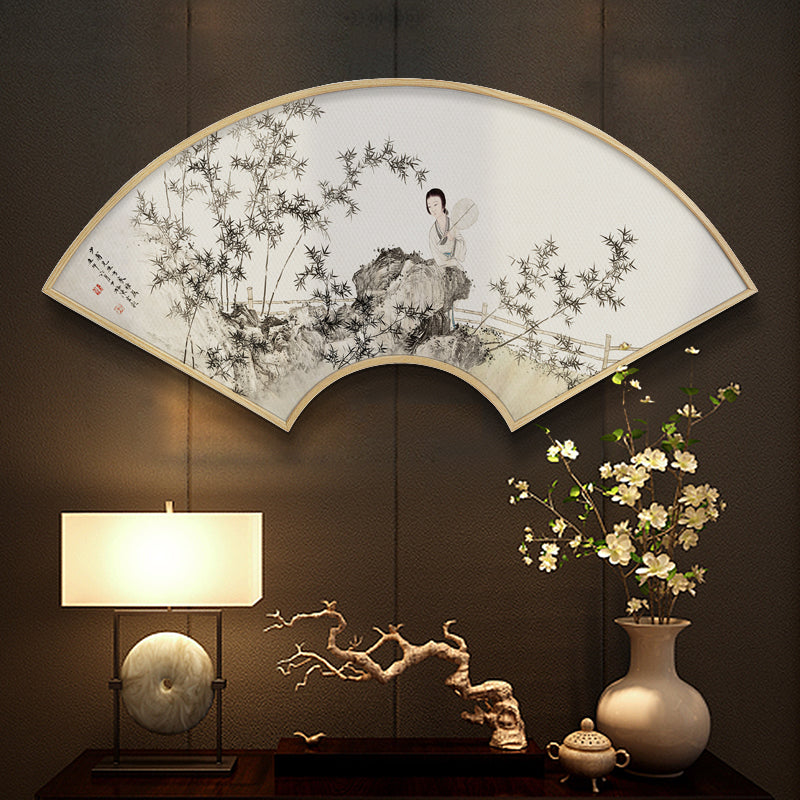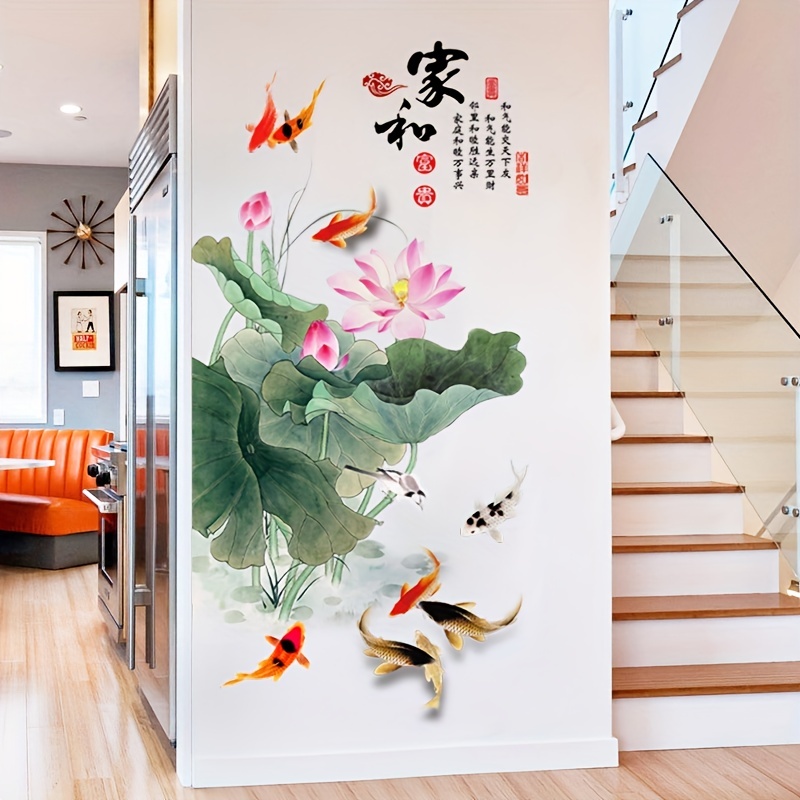When it comes to home decor, nothing can transform your space quite like oriental wall decoration. Rich in culture and history, oriental decor infuses a sense of tranquility and elegance into any room. As someone who has embraced this style in my own home, I can assure you that the right oriental wall art can create an inviting atmosphere that tells a story. This article will delve into the various aspects of oriental wall decoration, offering insights, tips, and personal experiences to guide you on your decorative journey.
What is Oriental Wall Decoration?
Oriental wall decoration encompasses a wide range of styles and elements that originate from East Asian countries, including China, Japan, and Thailand. These designs often feature intricate patterns, symbolic imagery, and natural motifs that reflect the philosophies of harmony and balance. Incorporating oriental elements into your home not only enhances its aesthetic appeal but also creates a serene ambiance.
The Allure of Oriental Art: A Personal Journey
My journey into oriental wall decoration began when I first visited an art exhibit showcasing traditional Chinese paintings. I was captivated by the delicate brush strokes and the profound stories behind each piece. Since then, I’ve made it a point to integrate these beautiful elements into my home. Let’s explore some key aspects that can help you embark on your own oriental decor adventure.

Key Elements of Oriental Wall Decoration
- Colors: Orientals use rich, vibrant colors such as reds, golds, and greens, often symbolizing prosperity and good fortune.
- Materials: Wood, silk, and rice paper are commonly used materials.
- Patterns: Floral designs, dragons, and koi fish are popular motifs.
- Calligraphy: Chinese characters and kanji add an artistic touch.

Styles of Oriental Wall Decoration
1. Traditional Chinese Decor

Traditional Chinese decor is characterized by its use of symbolism and intricate designs. The color red, for example, is often used in wall hangings, representing luck and happiness.
Popular Choices

| Item | Description | Symbolism |
|---|---|---|
| Chinese Scrolls | Vertical art pieces that often feature landscapes or figures. | Harmony and balance |
| Paper Lanterns | Colorful lanterns that add warmth and light. | Celebration and joy |
2. Japanese Zen Aesthetics

Japanese decor often embraces simplicity and natural elements. The concept of ‘wabi-sabi,’ or finding beauty in imperfection, is deeply woven into Japanese art.
Popular Choices

| Item | Description | Symbolism |
|---|---|---|
| Sumi-e Paintings | Ink wash paintings that use minimal strokes. | Serenity and focus |
| Shoji Screens | Sliding doors made of wood and rice paper. | Translucence and openness |
3. Thai Decorative Elements
Thai decor is vibrant and extravagant, often featuring intricate carvings and gilded elements. The use of gold and bright colors adds a lively aesthetic to any space.
Popular Choices
| Item | Description | Symbolism |
|---|---|---|
| Wood Carvings | Intricate designs that depict nature, deities, or everyday life. | Protection and auspiciousness |
| Buddha Statues | Serene figures that promote peace and mindfulness. | Enlightenment and calmness |
Incorporating Oriental Decor into Modern Spaces
One of the most exciting aspects of oriental wall decoration is its adaptability. Here are a few tips based on my experiences to seamlessly blend oriental elements into modern aesthetics:
1. Choose a Focal Point
Select a striking piece of oriental art, such as a large wall hanging or an oversized painting, to serve as the focal point of the room. This piece should reflect the principles of balance and harmony, drawing the eye while enhancing the overall decor.
2. Mix and Match
Don’t hesitate to mix different styles. For instance, pairing traditional Chinese scrolls with contemporary furniture can create a stunning contrast that adds depth to your space.
3. Use Layered Textiles
Incorporate textiles featuring oriental patterns—like silk pillows or embroidered throws—on modern furniture. This creates a visual connection between the cultures while providing comfort.
4. Add Greenery
Incorporate plants, such as bonsais or bamboo, which are symbolic in many oriental cultures. Not only do they bring life to your decor, but they also enhance the idea of nature, which is central to oriental design.
Pros and Cons of Oriental Wall Decoration
Pros
- Creates a unique and culturally rich atmosphere.
- Brings a sense of calm and tranquility.
- Encourages creativity through a mix of traditional and modern designs.
- Offers a wide variety of styles to suit personal preferences.
Cons
- Can be overwhelming if too many elements are used at once.
- May require a specific type of maintenance (e.g., humidity control for certain materials).
- Finding authentic pieces can be challenging and costly.
Frequently Asked Questions (FAQs)
1. What are the most popular oriental wall decorations?
Some of the most popular choices include Chinese scrolls, Japanese sumi-e paintings, and intricate Thai carvings. Each offers unique aesthetics and symbolism, enhancing the decor of your home.
2. How can I find authentic oriental wall art?
Visit cultural art galleries, reputable online stores, or local craft fairs. Purchasing directly from artisans or local markets can ensure authenticity.
3. Can I mix oriental decor with contemporary styles?
Absolutely! Mixing oriental pieces with contemporary furniture and decor can create an eclectic yet harmonious look. Just be mindful of balance to ensure a cohesive design.
4. What colors should I use for oriental wall decoration?
Vibrant colors like red, gold, and green are commonly associated with oriental decor. These colors often symbolize happiness, wealth, and nature, respectively.
5. How do I maintain my oriental wall decor?
Dust regularly and avoid direct sunlight to prevent fading. For wooden pieces, a natural oil can help maintain their luster.
Conclusion
Oriental wall decoration is more than just a styling choice; it’s a way to incorporate rich cultural narratives and aesthetics into your home. By understanding the key elements, styles, and practical ways to blend these features into modern spaces, you can transform your surroundings into a tranquil sanctuary. Whether you choose a bold statement piece or subtle accents, the beauty of oriental decor will surely resonate with your personal taste.
Ready to infuse your space with the elegance of the East? Start your journey today, and watch as your home transforms into a haven of style and serenity.